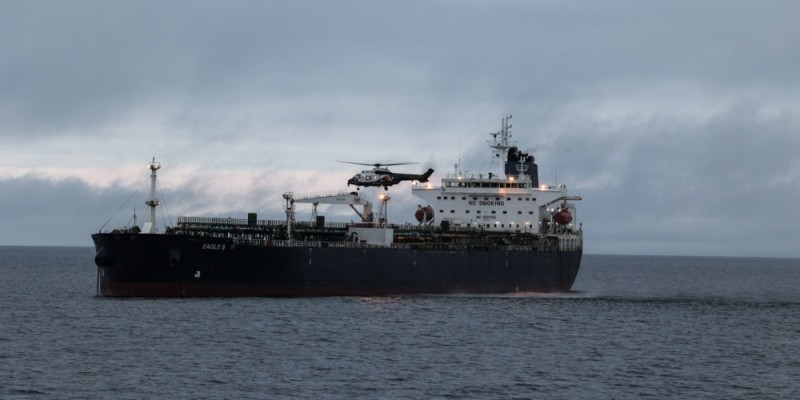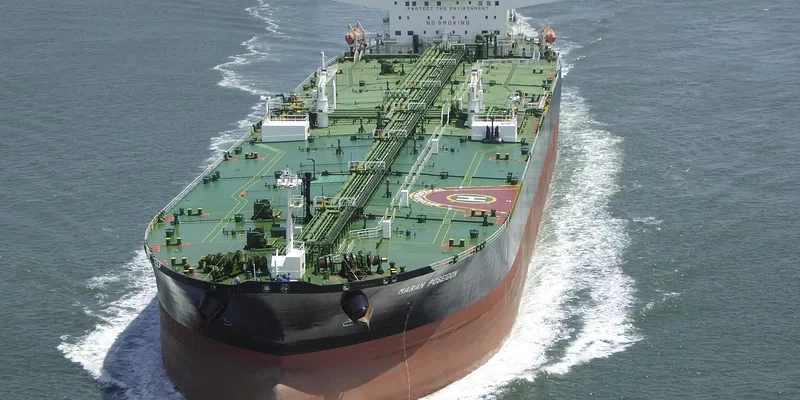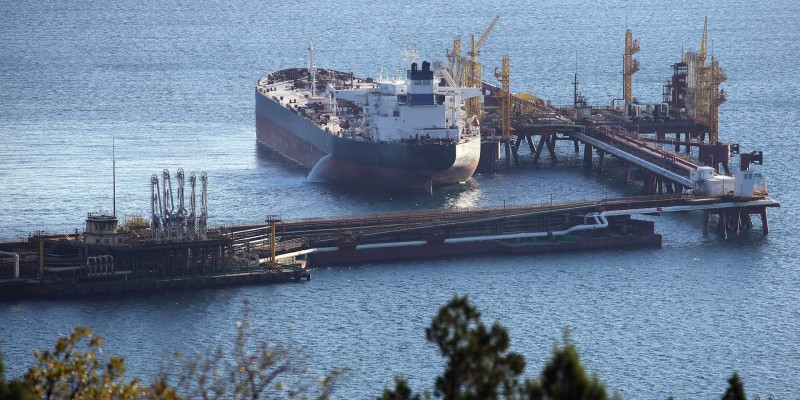SCO & BRICS latest news and insights
By Rhod Mackenzie
US military forces have seized a tanker off the coast of Venezuela. The Donald Trump administration claimed that the vessel was involved in an illegal oil shipping network. What are the reasons for Washington's enacting this extreme measure? How will it affect global oil prices?...
In response to the Ukraine crisis, the United States and its allies imposed economic sanctions on Russian oil in February 2022. Later that year, they introduced a $60 cap on crude and an embargo on Russian seaborne oil, with the aim of hurting the country's economy while ensuring the continued flow...
By Rhod Mackenzie
As interested observers and market participants may recall, the Group of Seven (G7) countries, along with the European Union, Australia, and New Zealand, agreed to cap the price of a barrel of Russian oil transported by Western tankers and insured by Western insurers at $60 from...
Kommersant reports that in March, Russian oil companies significantly increased sea exports to 3.8 million barrels per day due to problems with refinery utilization. This is the highest level since May 2023. The increase in oil exports is due to the redirection of flows from refineries damaged by dr...
In March, Asian buyers received an average of 27.48 million barrels per day. According to Oil Price reports, data for January and February 2024 showed 27.18 million bbl/d and 26.70 million bbl/d respectively. Experts attribute the high March result, among other factors, to the price. During the time...
Thanks to the Bloomberg, Kepler, and Reuters information agencies, its relatively easy to monitor the movement of Russian oil online. They also allow people to study weekly supply volumes by consumer countries and shipping destinations, as well as prices, discounts, refuseniks, and new markets. The...






